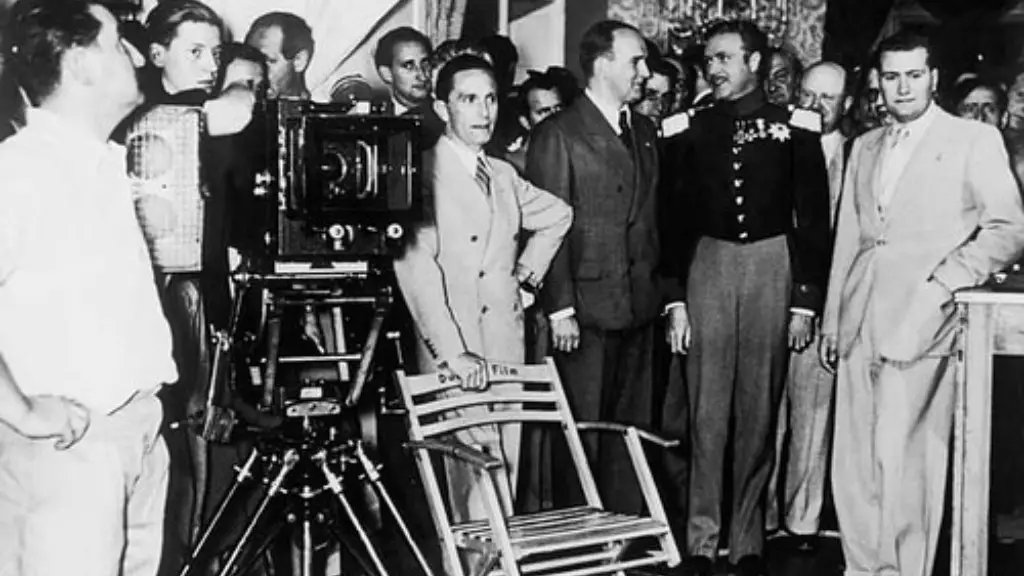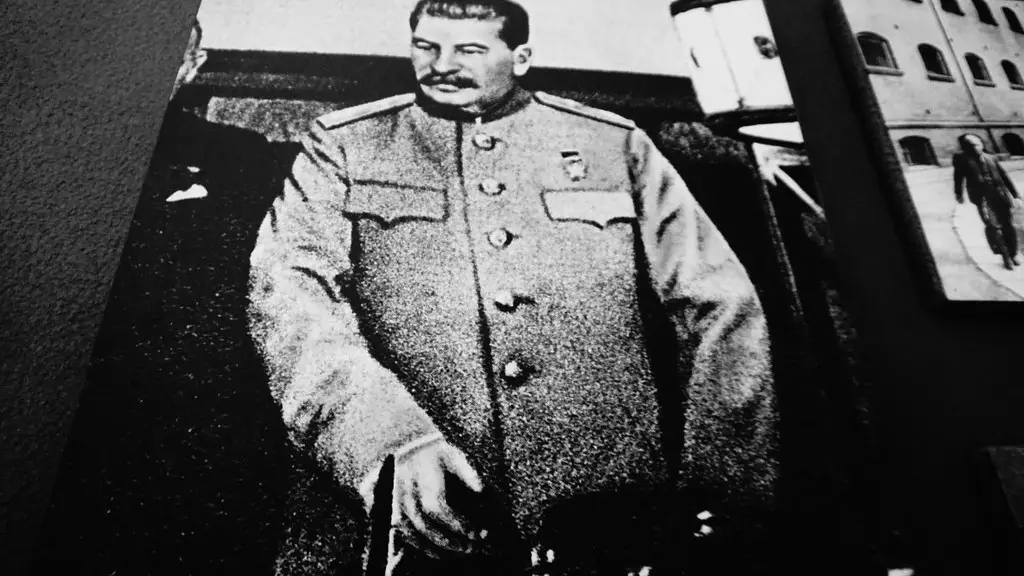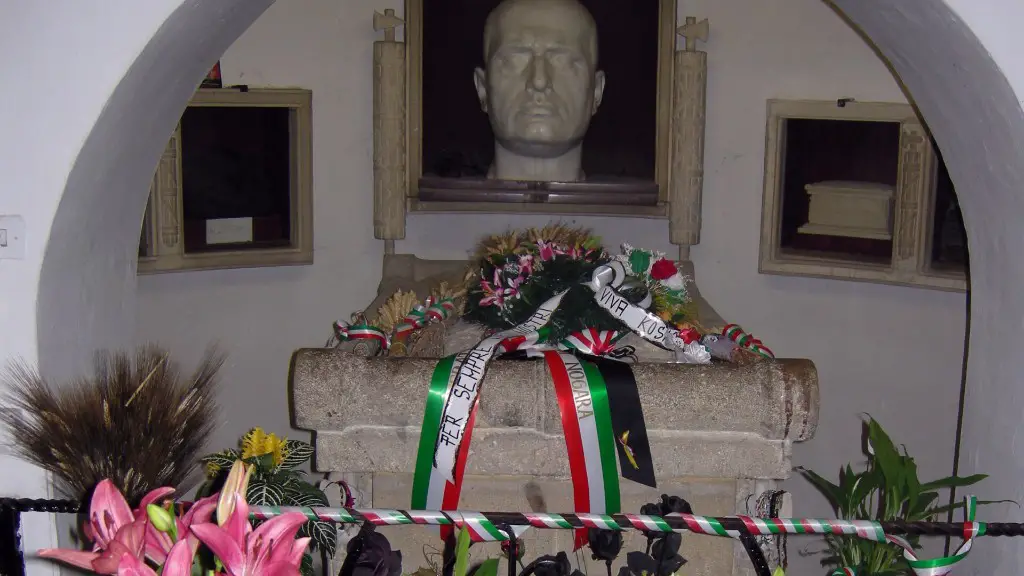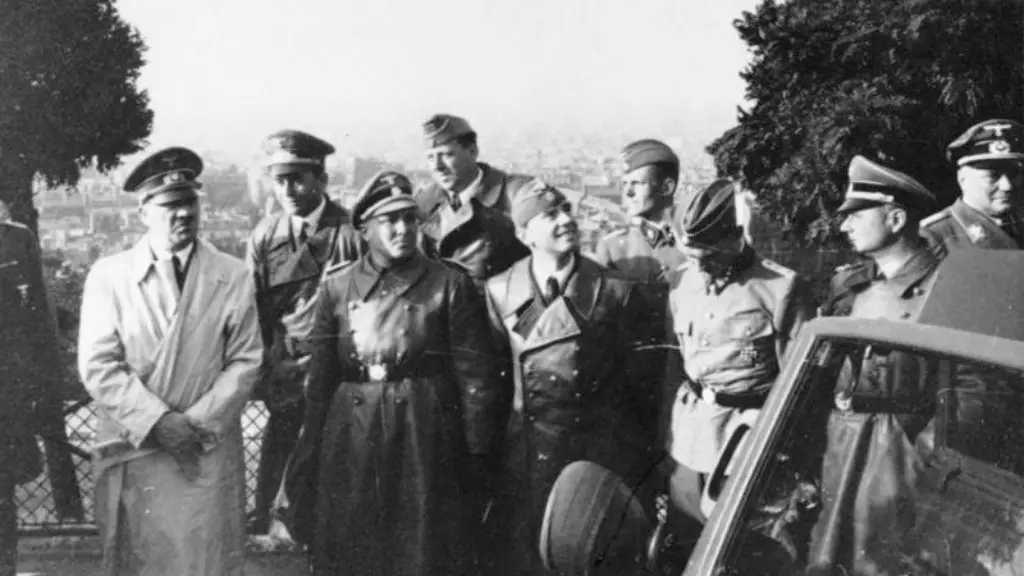Benito Mussolini was an Italian political leader who became the dictator of Italy in the 1920s. He rose to power as the leader of the fascist party and promoted a violent and autocratic regime. Mussolini was removed from power in 1943 and was killed by Italian partisans in 1945.
Mussolini was an Italian dictator who rose to power in the early 1920s. He established a fascist dictatorship and aggressively expansionist foreign policy. Mussolini was defeated and killed in World War II.
Who is Benito Mussolini and what did he do in ww2?
Mussolini was a fascist dictator who ruled Italy from 1922 until 1943. He was overthrown by the Italian people in 1943 and was arrested by the Italian government. The Italian government was going to hand Mussolini over to the Allies, but Hitler’s forces rescued him and transported him to German-occupied northern Italy. There, Mussolini was installed as Hitler’s puppet leader and he created the Italian Social Republic. This led to the extermination of thousands of Italian Jews.
Mussolini was a dictator who ruled with an iron fist. He was known for his cult of personality and projected himself as an all-powerful and indispensable leader. His government expelled all opposition, including Socialist members and arrested all Communist members of Parliament.
What did Mussolini do and for what purpose
Mussolini’s rule was characterized by totalitarianism and a complete disregard for democracy. He declared all political parties illegal except for his own Fascist Party. He outlawed labor unions and strikes. He also established a political police force, the Organization for Vigilance and Repression of Antifascism. A Fascist Grand Council rubber-stamped Mussolini’s decrees and made parliament irrelevant.
I don’t agree with Tajani’s statement that we should give Mussolini credit for all the good things he did for Italy. His methods were brutal and tyrannical, and I don’t believe that credit should be given to someone who caused so much harm.
Why did Mussolini declare war on the US?
On December 11, 1941, Italy declared war on the United States in response to the latter’s declaration of war upon the Empire of Japan following the attack on Pearl Harbor four days earlier. This meant that the United States was now involved in a two-front war, as it was also fighting Nazi Germany in Europe. Italy’s decision to declare war on the United States was likely influenced by its alliance with Germany, as the two countries had signed the Pact of Steel in 1939. Italy’s declaration of war was a major blow to the United States, which was already struggling to fight two powerful enemies.
Mussolini’s goal was to establish himself as a dictator, which he succeeded in doing. He was referred to as ‘Il Duce’ or ‘the Leader’ by the Italian people. Mussolini constructed the Italian parliament such that it benefitted the fascists, which was one of the key elements of his totalitarian state.
What is fascism in simple terms?
Fascism was a way of organizing society in which a government ruled by a dictator controlled the lives of the people. People were not allowed to disagree with the government. The rise of Fascism in Europe before World War II led to the war.
The Nazi Party, led by Adolf Hitler, was a fascist political party in Germany that was active from 1920 to 1945. The party espoused a form of fascism that incorporated fervent antisemitism, anti-communism, scientific racism, and the use of eugenics into its creed. The party’s goals were to establish a totalitarian dictatorship in Germany and to exterminate the Jewish, Romani, and Slavic peoples. The Nazi Party emerged from the German nationalist, racist, and populist Freikorps paramilitary culture, which fought against the communist uprisings in post-World War I Germany. The party was created to draw workers away from communism and into their own nationalism. The Nazis propagated the idea of the Aryan master race, which was racial hygiene and eugenics policy that was combined with a program of systematic extermination of “undesirable” elements of the population. The party’s leader, Adolf Hitler, was appointed Chancellor of Germany in 1933, and he quickly totalitarianism took hold in the country. The Nazi Party’s antisemitic, racist, and anti-communist policies led to the extermination of 6 million Jews and millions of other civilians during the Holocaust.
What are the 5 main ideas of fascism
Fascist movements share a number of common themes, including authoritarianism, nationalism, hierarchy and elitism, and militarism. Other aspects of fascism, such as its “myth of decadence”, anti-egalitarianism and totalitarianism, can be seen to originate from these ideas.
Mussolini was a very successful leader in a number of ways. He was able to consolidate power and effectively use propaganda to further his agenda. He also mended relations with the Catholic Church, which was a big coup for his regime. However, there were also a number of areas where he was weak. His economic policies were often ill-conceived and led to a lot of hardship for the Italian people. His foreign policy was also often misguided, and his relationship with the Nazis ultimately led to the downfall of his regime.
What caused Mussolini to fall?
Fascism ultimately collapsed due to a combination of allied military victories and popular rebellions. Among the latter, strikes by industrial workers in Nazi-controlled northern Italy were particularly significant. This ultimately led to the overthrow of Mussolini and the collapse of the fascist regime.
In the past, it was thought that invading Italy might be a quick way to defeat the German troops that were fighting there. However, this strategy did not work out as planned and the German troops were able to continue fighting in Italy.
Why did Italy switch sides in ww2
Italy was unhappy with the treaty of Versailles because they thought that they didn’t get what they deserved. They thought that injustice had been done to them, so they decided to join the side of Japan and Germany. Italy wanted to gain the territory of Turkey and Africa, but they didn’t get what they wanted at the end of WWI.
Fascism and communism are two very different political ideologies. Communism is based on the idea of economic equality for all, while fascism is a nationalistic, top-down system that favors Rigid class roles. Fascism is also typically ruled by an all-powerful dictator.
Why did people like Mussolini?
The three main reasons Dr. Hull identified for why Fascist sympathies were present in the US during this period were Mussolini’s presentation of masculinity, the Italian corporate state’s apparent ability to provide a solution to inherent problems of democracy, and Fascism’s capacity to offer a path towards economic recovery.
Mussolini’s presentation of masculinity was appealing to many Americans at the time. He was seen as a strong leader who could get things done. The Italian corporate state’s apparent ability to provide a solution to inherent problems of democracy was also appealing. Fascism seemed like a way to fix the problems with democracy that were becoming more and more apparent. Finally, Fascism’s capacity to offer a path towards economic recovery was appealing to many Americans who were struggling economically.
Fascism is a political ideology whose core components are the rebirth myth, populist ultranationalism, and the myth of decadence. Fascism is characterized by its opposition to democracy, its focus on national unity, and its willingness to use violence to achieve its goals.
Is fascism same as dictatorship
Fascism is a form of government that is authoritarian and characterized by extreme nationalism, militarism, and a dictatorial leader. A dictatorship is a form of government where one person or a group of persons possess absolute power.
Fascism is a dictatorial form of political ideology that emphasizes national unity and absolute obedience to a leader. A fascist leader wields complete power over the government and the people. Socialism, on the other hand, is an ideology where the government owns the means of production. The government is responsible for redistributing resources to the people.
Conclusion
Benito Mussolini was an Italian political leader who rose to power as the head of the fascist party in the early 1920s. He became prime minister in 1922 and soon began to consolidate power and implement his fascist ideology. He abolished parliamentary democracy, suppressed freedom of the press and speech, and put into place a totalitarian dictatorship. Mussolini also pursued an aggressive foreign policy, invading Ethiopia in 1935 and aligning himself with Nazi Germany. During World War II, Mussolini’s regime collapsed and he was overthrown. He was captured by Italian partisans and executed in 1945.
Benito Mussolini was an Italian dictator during World War II. He was known for his aggressive rhetoric and his aggressive military tactics. He was overthrown in 1943 and executed in 1945.




